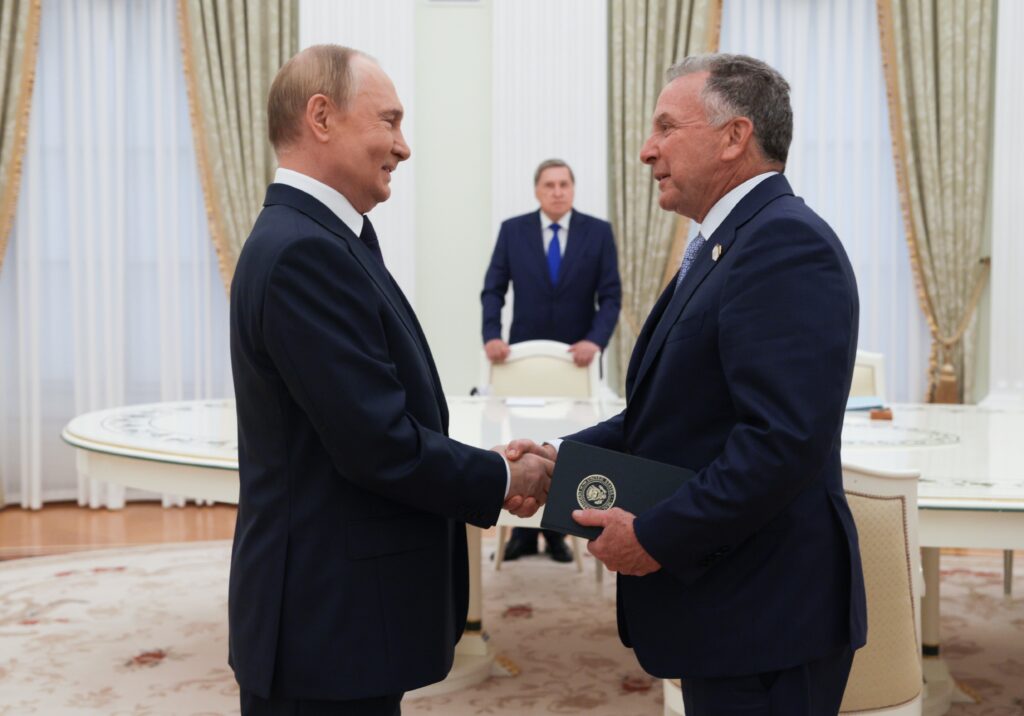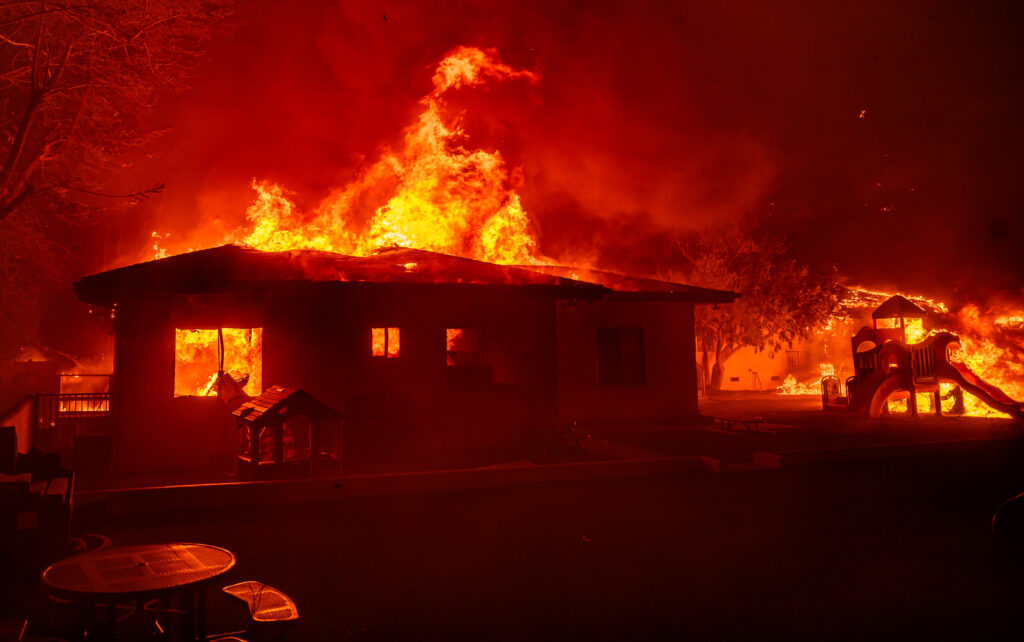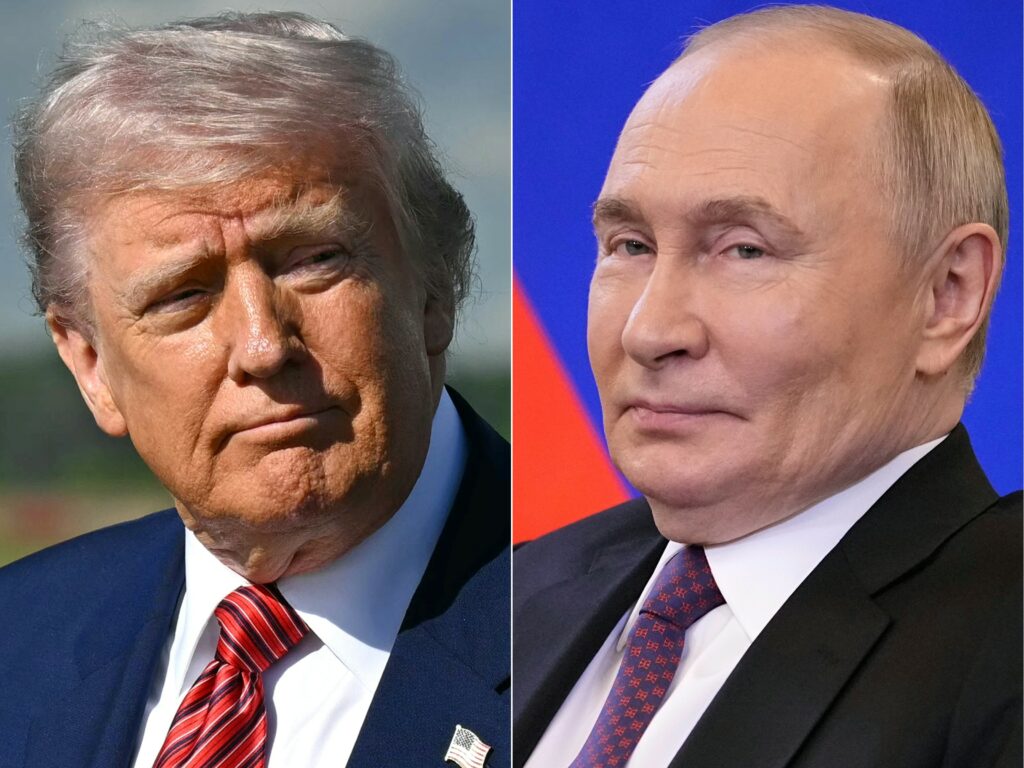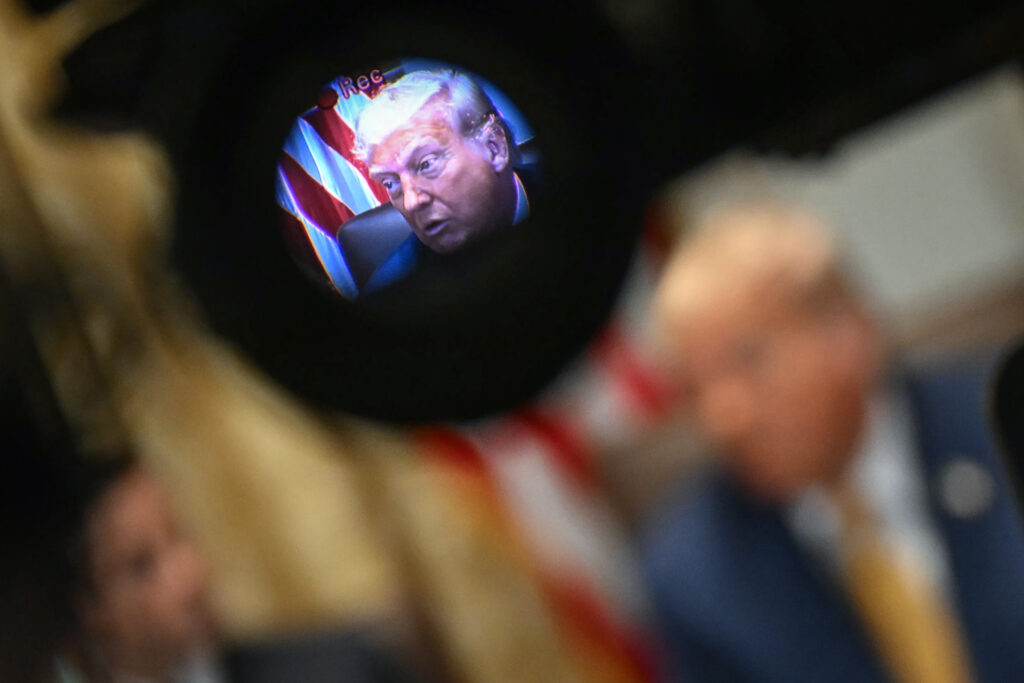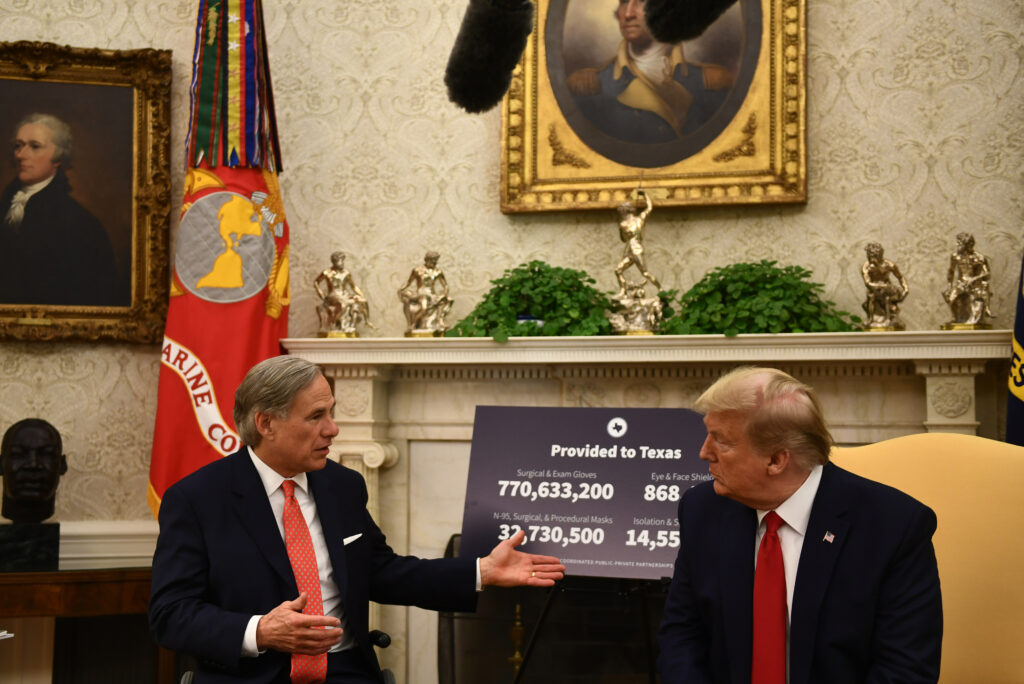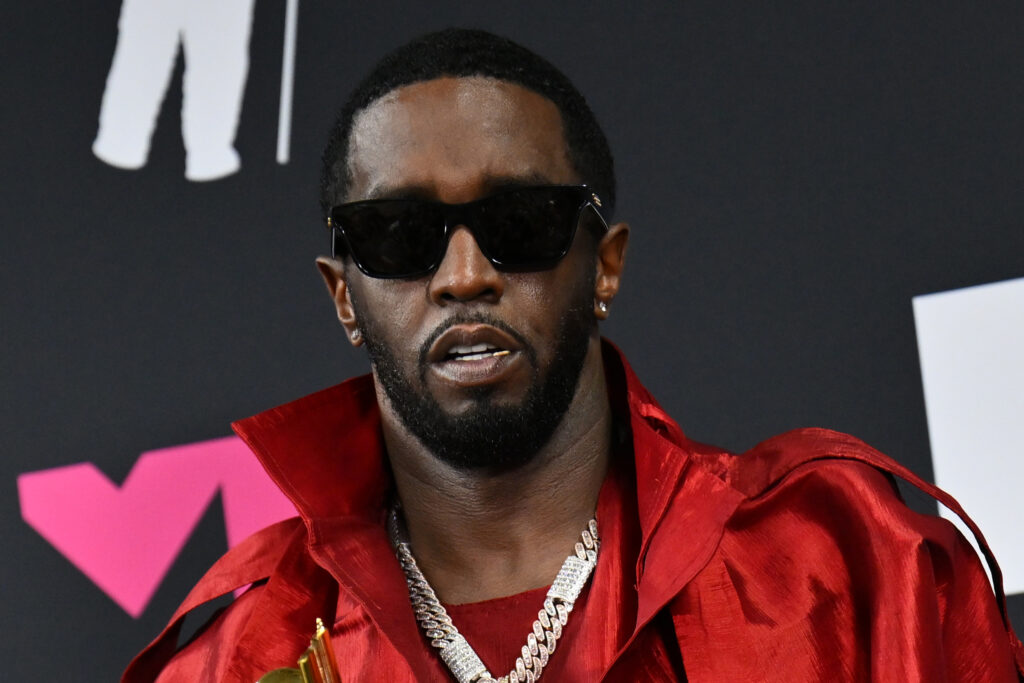Putin holds ‘constructive’ talks with US envoy Witkoff ahead of sanctions deadline: Kremlin
Russian President Vladimir Putin held “constructive” talks with US envoy Steve Witkoff in Moscow on Wednesday, the Kremlin said, two days ahead of a US deadline for Russia to halt its Ukraine offensive or face fresh sanctions.US President Donald Trump, who had boasted he could end the conflict within 24 hours of taking office, has given Russia until Friday to make progress towards peace or face new penalties.But three rounds of Russia-Ukraine talks in Istanbul have failed to make headway on a ceasefire, with the two sides far apart in their demands.Russia has escalated drone and missile attacks against its pro-Western neighbour to a record high and accelerated its advance on the ground.”A quite useful and constructive conversation took place,” Putin’s aide Yuri Ushakov told journalists, including AFP, after the three hour meeting.Putin and Witkoff exchanged “signals” on their positions, Ushakov said, without elaborating.The Kremlin released video of Putin shaking hands with Witkoff at the start of the meeting.Ahead of the talks, Ukrainian President Volodymyr Zelensky urged Washington to increase its pressure on Moscow to agree to a ceasefire.- Sanctions threat -The White House has not outlined what action it would take against Russia, but Trump has previously threatened to impose “secondary tariffs” targeting Russia’s key trade partners, such as China and India.The move would aim to stifle Russian exports, but would risk significant international disruption.Trump said on Tuesday that he would await the outcome of the Moscow talks before ordering any economic sanctions.”We’re going to see what happens,” he told reporters. “We’ll make that determination at that time.”Without explicitly naming Trump, the Kremlin on Tuesday slammed “threats” to hike tariffs on Russia’s trading partners as “illegitimate”.Russia’s campaign against Ukraine since February 2022 has killed tens of thousands of people, destroyed swathes of the country and forced millions to flee their homes.Moscow has demanded that Ukraine cede more territory and renounce Western support if it wants the fighting to stop.Kyiv is calling for an immediate ceasefire, and Zelensky last week urged his allies to push for “regime change” in Moscow.”It is very important to strengthen all the levers in the arsenal of the United States, Europe, and the G7 so that a ceasefire truly comes into effect immediately,” Zelensky wrote on social media on Wednesday after Witkoff landed in the Russian capital.”Ukraine sees the political will, appreciates the efforts of our partners, of America, and of everyone who is helping,” he added.- Nuclear rhetoric -Trump has voiced increasing frustration with Putin in recent weeks over Russia’s unrelenting offensive.Russia fired a record number of long-range drones at Ukraine in July, AFP analysis of data from Kyiv’s air force showed.Its troops have also accelerated their advance on the ground and pushed into parts of Ukraine that Russia has not claimed to have annexed.Ukrainian emergency services reported on Wednesday that at least two people were killed and 12 others wounded in Russian shelling of a holiday camp in the southern Zaporizhzhia region.When reporters asked Trump on Monday what Witkoff’s message would be to Moscow, Trump replied: “Yeah, get a deal where people stop getting killed.”Kremlin spokesman Dmitry Peskov said on Monday that Russia believed the talks with Witkoff would be “important” and that it valued US efforts to end the conflict.The visit comes with Moscow-Washington tensions running high.Trump said he had ordered two nuclear submarines to be moved following an online row with former Russian president Dmitry Medvedev that were now “in the region”.It is unknown if Trump meant nuclear-armed or merely nuclear-powered submarines. He also did not elaborate on the deployment locations, which are kept secret by the US military.Russia, in its first comments on the deployment, urged “caution” on Monday.Moscow then said that it was ending a self-imposed moratorium on nuclear-capable intermediate-range missiles, suggesting that it could deploy such weapons in response to what it alleged were similar US deployments within striking distance of Russia.
